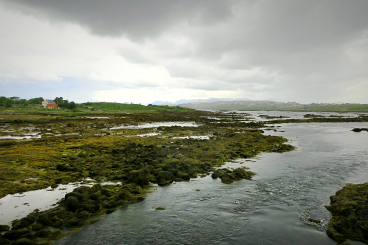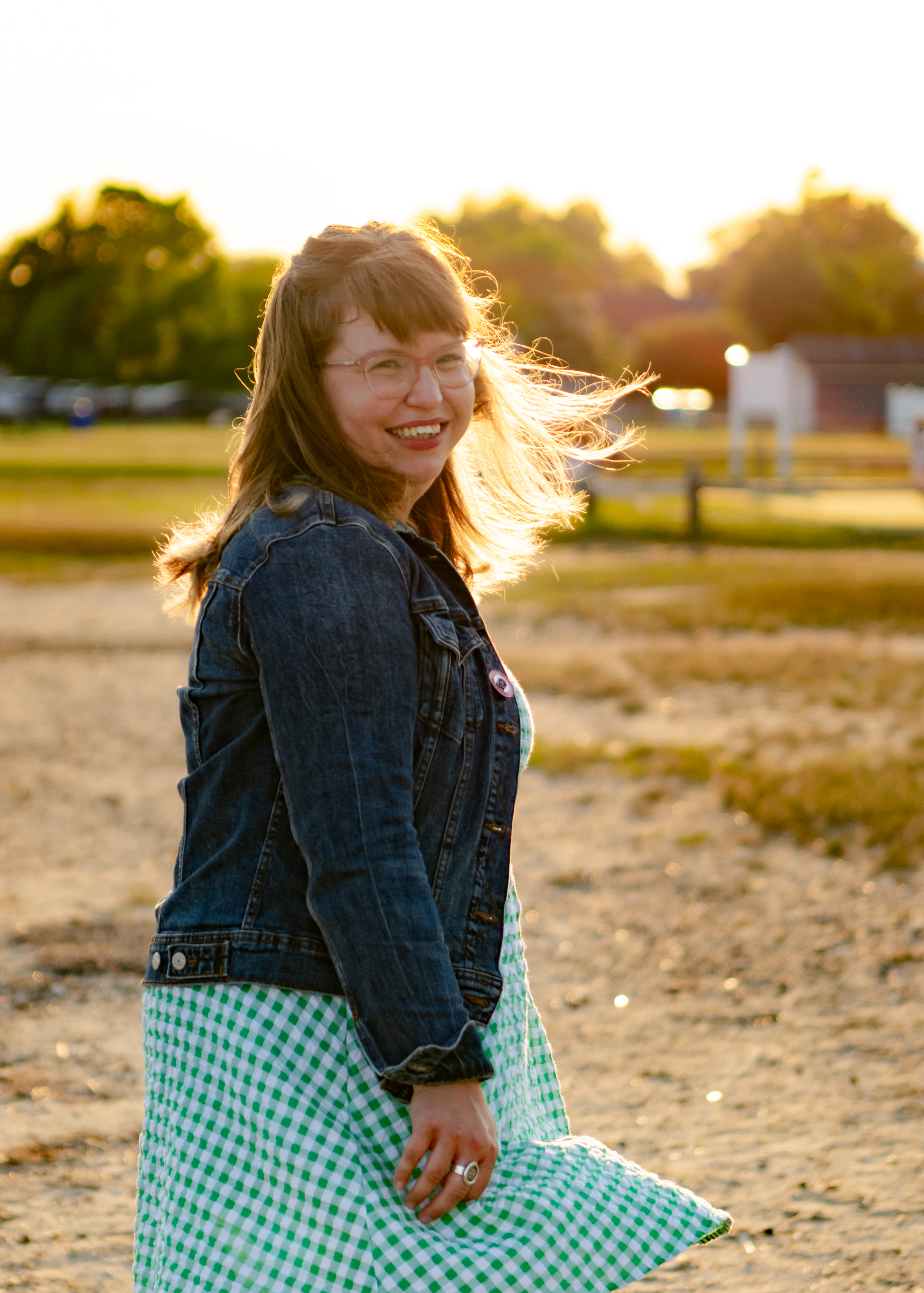
When we were diverted in the pouring rain on our way to County Mayo, exactly halfway through our road trip around Ireland, we wound up on a twisting, narrow, and nameless road through a boggy stretch of Connemara. I remembered our trip the National Museum of Archaeology in Dublin a few days before, where we saw the bog bodies— human remains found, eerily intact after hundreds and hundreds of years, in Ireland’s many peat bogs. One of them, known as Old Croghan Man, is believed to have been over six feet tall and was found with a braided leather armband around his left bicep, which, along with his manicured hands and his varied diet, suggest a person of high status. Cuts to his body, including the removal of his nipples, may evince a ritualized, tortured rejection of Old Croghan Man’s kingship, as suckling the king’s nipples was a sign of submission. The old kings were symbolically wedded to goddesses of the land and harvest; famines were signs of displeasure with the kings’ leadership, and the kings were therefore murdered, their bodies buried in the bogs that would later fuel the fires needed to cook the fruits of later harvests and keep the people warm, the same bogs that also hid gold and illuminated manuscripts, animal bones and broken pots. I thought of all this as I ate Frosted Shreddies, bought from a Tesco outside Wicklow on the other side of the country, straight from the box in the passenger’s seat of the car, as we listened to Van Morrison. I tugged on my polka dot raincoat to leave the car and take pictures of the landscape both lush with green and desolate with cloud and exposed turf.
Before our trip to see the bog bodies, Dakota stopped at a Starbucks for coffee and sandwiches; after contemplating the grisly sacrificial killings, we noshed on beef and Guinness stew in Temple Bar. The Wicklow Mountains, home to the sixth-century monastery of St. Kevin and the Upper Lake at Glendalough, where I could have cried at the serene beauty of the Wicklow Gap, have also been popular dumping grounds for murdered bodies. In the airy seaside college city of Galway, from which traditional music spilled out of warmly lit pubs and into the pedestrian-friendly streets, a bust of President Kennedy stands not far from a statue of Padraic O’Conaire— the second statue of its kind, the first having been decapitated. And in County Meath, lush green grass grows on immense passage tombs of Newgrange and Knowth, their celestially-aligned purposes still essentially unknown, as sheep graze in nearby fields.
One could say that the same is true of so many places— here in New York City, the popular drug store chain Duane Reade is named after a corner just steps from the African Burial Ground; in northeastern Pennsylvania, where I grew up, convenience stores and pizzerias sit above the site of the Knox Mine Disaster, where a dozen coal miners died in illegal tunnels dug at the orders of mining company management beneath the Susquehanna River. But in those cases, death looks to merely lurk below the surface of life; in Ireland, they rather pleasantly coexist side-by-side.
It’s a sense that doesn’t recommend a place, maybe, and to be sure, you could probably plan your own trip that skips over the bog bodies and the graveyards and the ruined monasteries if you wanted. Maybe it’s enough to drive out a different kind of disposition. For the part of me that can’t stop looking into the darkness of things, that wonders where the light goes when the desire for power or land or revenge overtakes everything one knows to be good, Ireland is the perfect destination— not for answers, because there are none, but to continue to wonder.
Seamus Heaney takes on the voice of another of the bog bodies in his poem, “The Tollund Man in Springtime,” in which the Tollund Man is reborn and enters the modern world:
…whatever it was I knew
Came back to me. Newfound contrariness.
In check-out lines, at cash-points, in those queues
Of wired, far-faced smilers, I stood off,
Bulrush, head in air, far from its lough.
What the Tollund Man knows, I think, is the darkness of which I speak here, and the “contrariness” born in those who know it— which here I would call not mere mulishness, but perhaps a recognition of paradox that others choose to ignore. The Tollund Man “stands off” but not apart. His death enters the modern world and sits alongside it, not beneath it. The bogs remain, and treasures continue to be pulled from them, situating death beside life.
I got back in the car with my photos and my breakfast cereal, and we rode on up the coast.

[…] (Part I.) […]
[…] (More on bog bodies here.) […]